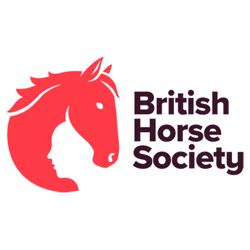Stage 1 Ride
| Learning Outcome | Assessment Criteria | Guidance on the content to be learnt during training and sampled during assessment | Assessment Method |
|---|---|---|---|
| 1. Prepare horse and tack before mounting | 1.1 Check the tack for safety and comfort before mounting |
Checks to include:
|
Observation |
| 1.2 Position horse in preparation for mounting |
To Include:
|
Observation | |
| 2. Be able to mount and dismount from a horse | 2.1 Mount and adjust girth and stirrups |
Mounting to include:
|
Observation |
| 2.2 Dismount and adjust tack |
Dismount to include:
|
Observation | |
| 3. Be able to ride horses in walk, trot and canter under supervision
LEARNERS WILL BE REQUIRED TO RIDE TWO HORSES IN THIS SECTION |
3.1 State the reasons for warming up and cooling down a horse |
Reasons may include:
|
Discussion |
| 3.2 Ride in a balanced and secure position with stirrups |
May include:
|
Observation | |
| 3.3 Ride showing respect and consideration for the horse and other riders |
To include:
|
Observation | |
| 3.4 Maintain a balanced position in walk and trot without stirrups |
To include:
|
Observation | |
| 3.5 Maintain a balanced position in trot and canter in a light seat |
Light seat to include:
|
Observation | |
| 3.6 Maintain a balanced position over trotting poles |
Trotting poles to include:
|
Observation | |
| 3.7 Ride transitions between the paces |
Upward and downward transitions to include:
|
Observation | |
| 3.8 Ride simple school figures |
School figures may include:
|
Observation | |
| 3.9 Outline the aids for riding transitions and turns |
Aids may include:
|
Observation and discussion | |
| 3.10 Ride on the correct trot diagonal |
Correct trot diagonal to include:
|
Observation and discussion | |
| 3.11 State the number of beats within the pace and the sequence of footfalls |
Pace may include:
|
Discussion | |
| 3.12 Recognise correct canter leads |
To include:
|
Observation and discussion |
